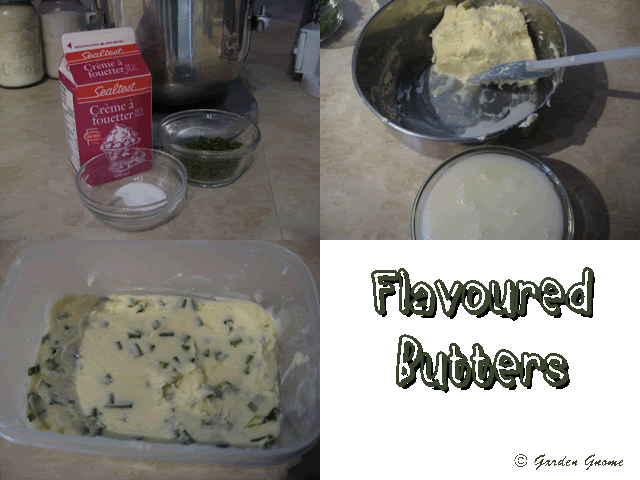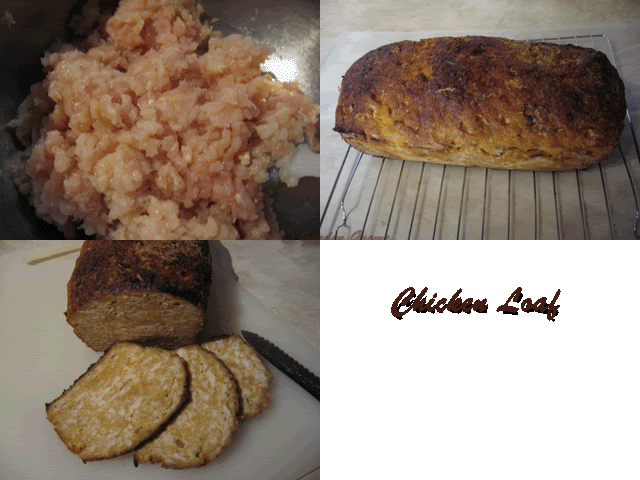An update: If you have been following my blogs you will know that we tentatively bought another house and had our house listed for sale. Yesterday after many dealings with a very arrogant and demanding potential buyer, the conditions were lifted so our house is officially sold. Our new house will be officially sold to us as soon as the papers are initialed in about an hour. My new kitchen has been updated quite a bit but we will have to remove a built-in stovetop and oven so my stove will fit. I'll have more countertop and a lot more natural light. I can't wait to share some of the foods that will be prepared in my new kitchen. Until then I will be sharing some of the foods coming from my current kitchen. As always, I hope you enjoy!
The growing season is upon us and with the upcoming move, I'm doing more pantry and freezer cooking. The main goal is to reduce what we have to move as well as get ready for preserving this year's in season fruits and vegetables. As you know my pantry and freezers consist primarily of home preserved fruits and vegetables. However, store bought canned or frozen vegetables can easily be substituted in most of my recipes. Hamburger Casserole
Hamburger Casserole
Hamburger casserole is one of those dishes I've been making from the time of being a new bride. It is a very frugal meal to make. I can still remember the first time I made it for my husband and him very carefully picking out every single pea. He has since reformed and will even eat peas raw now! This casserole really is just a mish mash done in layers. It's a perfect way to use up left-overs or homecanned foods. Any vegetable is fair game so adjust as you desire. Hamburger casserole is more of a method than a recipe. Note: A 500 ml jar is about one pint or 16 oz. If using store bought jars use 2 of the 10 oz cans per vegetable.
Hamburger Casserole
2 lb lean ground beef
2-3 large potatoes
1 500 ml jar homecanned carrots
1 500 ml jar homecanned green beans
2 cup frozen niblet corn
2 c lightly sauteed mushrooms
1 small chopped onion
1 500 ml jar homecanned pizza or spaghetti sauce
1 500 ml jar homecanned tomato soup
1 c milk
1/3 package (300 g) elbow noodles, cooked el dente
1-2 c cheese of your choice (usually cheddar)
Brown the ground beef. Drain and set aside. Microwave or steam the potatoes until just softening. Cut into about 1/4-inch slices and set aside. Drain vegetables. Spread the ground beef evenly on the bottom of a large roasting pan. Place one single layer of potato slices over the meat. Add the vegetables in layers. Pour the pizza or spaghetti sauce over the vegetables. Sprinkle on half the cheese. Cover with noodles. Mix milk and tomato soup together. Pour over noodles. Top with rest of cheese. Bake at 350ºF until cheese is melted and casserole is bubbly.
Serves 8 - 10 Caesar Salad
Caesar Salad
Caesar salad is a nice change from the many tossed and garden salads we eat. This is one of the few times that I will use a store bought salad dressing for a salad which doesn't happen very often. Besides Renée's Gourmet Caesar Dressing is a rich, creamy dressing that saves the time of making a Caesar dressing from scratch when I'm in a hurry.
The trick to Caesar Salad besides fresh ingredients is lemon. You can buy romaine lettuce already chopped and bagged for about $3 but most times you can by a head of romaine for about $1. There is a method to cutting romaine lettuce for salad but it is so simple you will wonder why you ever spent the extra money for pre-cut. Once the lettuce is cut, sprinkle it with fresh lemon juice. Add the dressing and toppings just before serving.
Caesar Salad
1 head fresh romaine lettuce
juice of 1 lemon
2-3 tbsp Renée's Gourmet Caesar Dressing
4 slices bacon, cut across the strips
2 tbsp fresh grated Parmesan cheese
homemade croutons
Cut the bacon slices across the strips. Fry to almost crisp. Drain and cool. Set aside. Wash the romaine lettuce and allow to drain. Turn the romaine lettuce on a cutting board so the long side faces you. Make four cuts from root end to tip about 1-inch apart without cutting through the root end. Now cut across these cuts at 1-inch intervals resulting in approximate squares of lettuce. Place the lettuce in a large bowl and toss with fresh lemon juice. Stir in the dressing and half of the Parmesan cheese. Place lettuce mixture onto salad plates. Top with Parmesan cheese, bacon pieces and homemade croutons. Garnish with lemon wedges.
Homemade croutons are oh so easy to make and a perfect way to use up bread bordering on becoming stale or homemade and artisan breads. Homemade croutons are lower in fats as well making them a healthier choice. You can use any seasoning you desire or leave them plain. What is a must have for this method is a Health Mister. This is a special bottle that is filled to a certain level then pumped so the oil forms a mist when sprayed. A health mister can be found at kitchen supply stores but I've seen them in regular department stores for around the $5 mark.
We don't use a lot of croutons so I make up a custom batch each time. However, you could make up a large batch then vacuum seal them in a mason jar for later use. I used lemon pepper to lightly season these croutons as they were to be used on Caesar salad.
Homemade Croutons
what you need:
- 4-6 slices bread
- olive oil (in Health Mister)
- seasoning of your choice






 Grilled Chicken Kabobs
Grilled Chicken Kabobs On the Grill
On the Grill Fully Loaded
Fully Loaded Cut
Cut
 Fresh Asparagus
Fresh Asparagus Homecanned Asparagus
Homecanned Asparagus Spaghetti with Roasted Tomato Sauce
Spaghetti with Roasted Tomato Sauce Chive Butter
Chive Butter Fried Chicken
Fried Chicken
 Grilled Chicken Sausage Patties
Grilled Chicken Sausage Patties Grilled Chicken Strips
Grilled Chicken Strips Quick Cool
Quick Cool Clarified and Regular Chicken Stock
Clarified and Regular Chicken Stock
 Chicken Loaf Sandwich
Chicken Loaf Sandwich
 Chicken & Dumplings
Chicken & Dumplings Lemon Peppered Chicken
Lemon Peppered Chicken